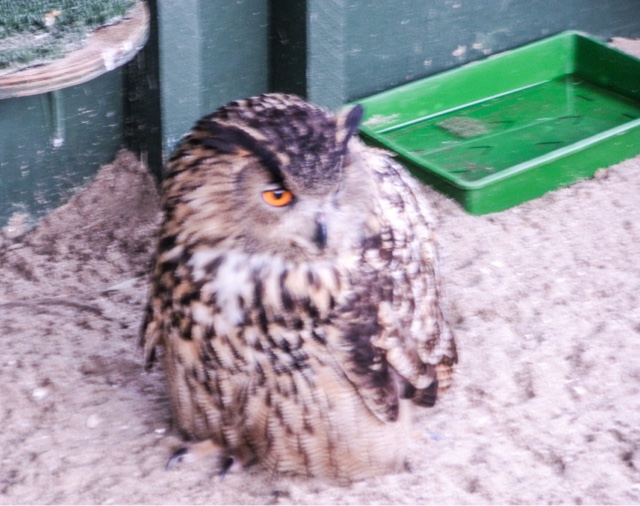From as early as 1900, there had been discussions about a dam being built in the Black Canyon and Boulder Canyon. The proposed purpose of the dam was threefold: it would control floods, provide irrigation water, and produce hydro-electricity for the surrounding areas. It wasn't until Congress passed a bill approving the construction of the dam in 1928 that the Bureau of Reclamation created the bid documents, selling them to companies for five dollars. It was decided that the contractor chosen to build the dam would have seven years within which to do so. The contractor was obliged to prepare the site and build the dam with materials provided by the government.
In 1931 the successful bidder, a company called Six Companies Inc, began construction of the dam. The dam was to be built curving upstream in a narrowing curve, directing most of the force against the canyon wall. This arch-gravity dam was to be constructed on the chosen site that lay in the Black Canyon of the Colorado River, situated between the U.S. States of Arizona and Nevada. It was to be the largest concrete construction ever attempted.
Originally the city of Vegas, about 48km from the dam site, lobbied to become the construction headquarters. Instead, Six Companies was asked to construct a model city for the workers that would become known as Boulder City, Nevada.
Built during the depression, thousands of workers and their families descended on the site. The then-President, Herbert Hoover, brought the construction start date forward, so the model city had not been built. A government camp was established for engineers and surveyors, and a shanty town of squatters, looking for work with their families in tow, blossomed around the site. The squatters' camp became known as McKeeversville. The conditions were extreme, with daytime temperatures reaching 48.8C (119.9F).
A Los Angeles-based architect, Gordon B Kaufmann, designed an elegant Art Deco style for the new dam, replacing the original gothic-inspired design. Artist Allen Tupper True used Navajo and Pablo designs and symbolism for the designs throughout the dam on walls and floors, and also devised an ingenious colour-coding system for pipes and machinery. The finishing artistic touches for the dam were created by Oskar J W Hansen. He created sculptures around the dam, as well as the 9.1m (30ft) bronze statues, known as the "winged figures of the Republic". Hansen also created a monument to those killed during the construction of the dam.
The dam was completed two years before the expected date. Impounding Lake Mead, it is the largest reservoir in the United States by volume. After a small controversy with the name of the Dam, some people preferring Boulder Dam to Hoover Dam, it was finally decided that the dam would be named after Herbert Hoover.
There were 112 official deaths associated with the construction of Hoover Dam. The first death was that of a surveyor called J G Tierney, who drowned while searching for the best spot to place the dam. He died on December 20th 1922. Exactly thirteen years later to the day, the last death associated with the construction of Hoover Dam was that of Patrick W Tierney, J G Tierney's son. Not recorded as official deaths, many people died of pneumonia. It's believed that these deaths were actually caused by carbon monoxide in the tunnels below the dam, a rumour further supported by the fact that all those who died of pneumonia were workers at the dam, not their families. The torrid heat conditions also resulted in the deaths of people living in the shanty town. Officially, 12 people are recorded as having died from heat prostration.
With so much having occurred during the construction of Hoover Dam, it is not surprising that it's believed to be haunted. Many people that work at the dam have allegedly seen a man in old working gear wandering in places he shouldn't be. When confronted, he is said to vanish. There are stories of echoing footsteps coming from deserted corridors. Closer to the canyon wall, it is said that people have heard weeping and yelling with no-one in sight. Workers and visitors have reported hearing disembodied voices. There have also been tourist photographs with strange anomalies in them.
I visited Hoover Dam in a Plymouth Prowler hired in Vegas. It was quite an experience seeing this beautiful architectural construction, with its Art Deco design and sculptured embellishments. The sheer size of it is breathtaking and, I must admit, there is a sort of interesting vibe there...


















































